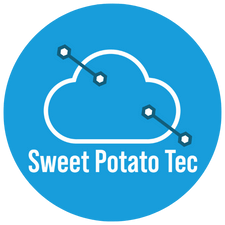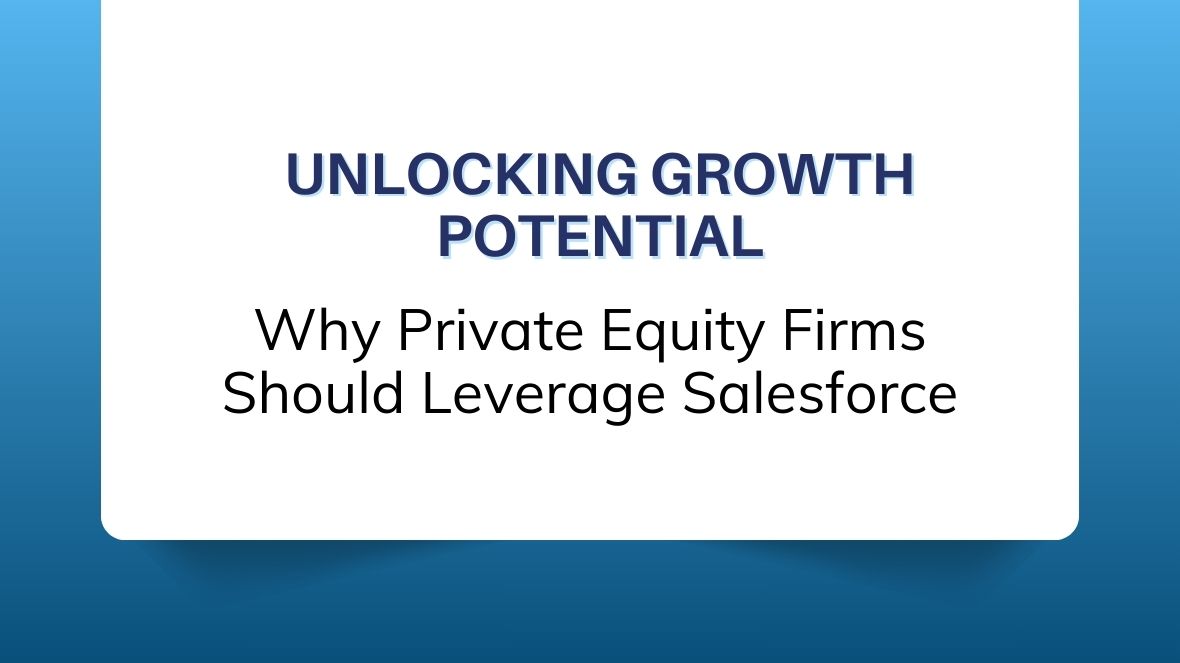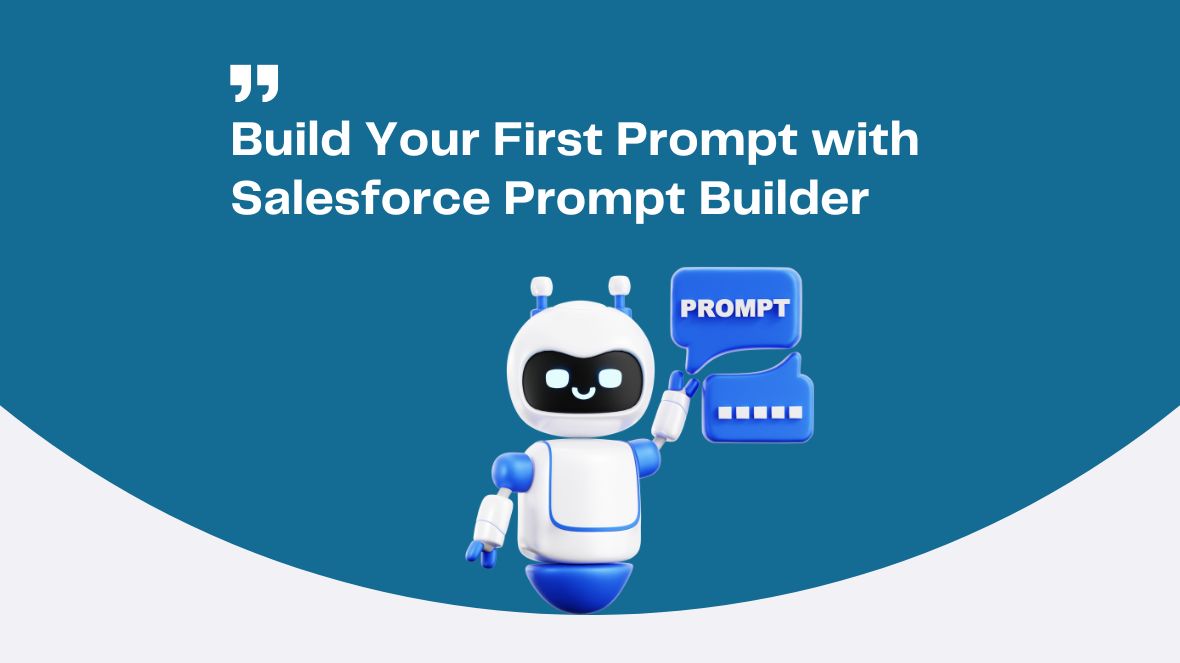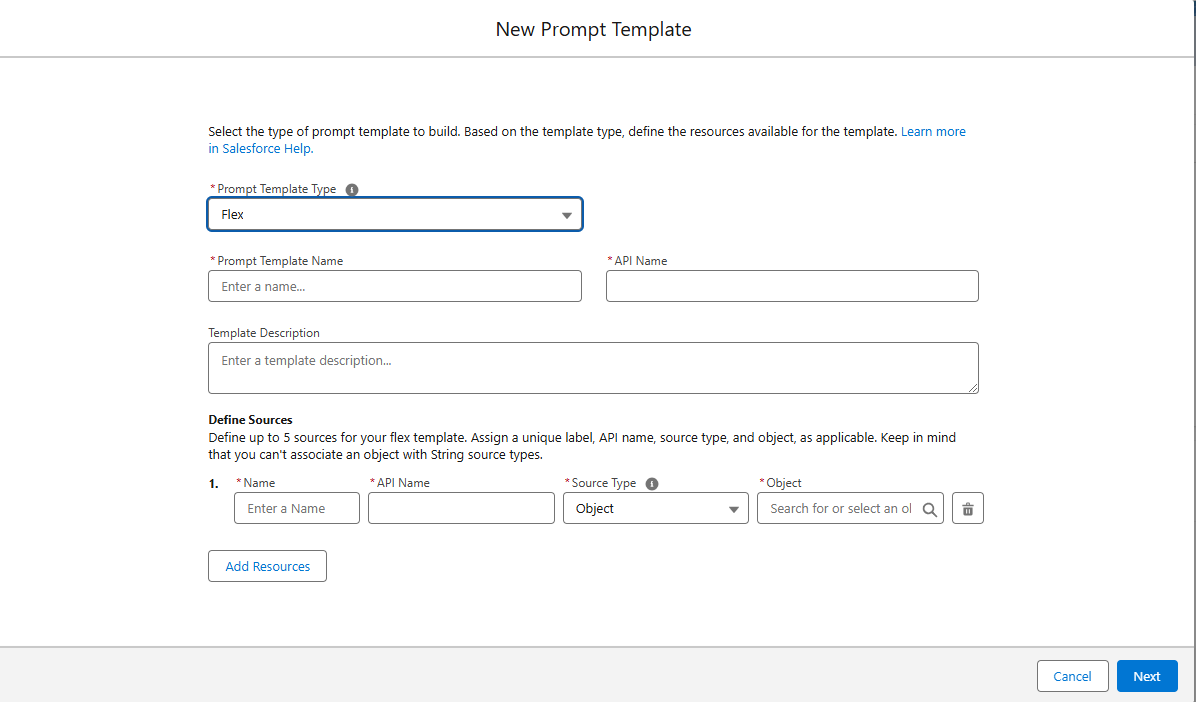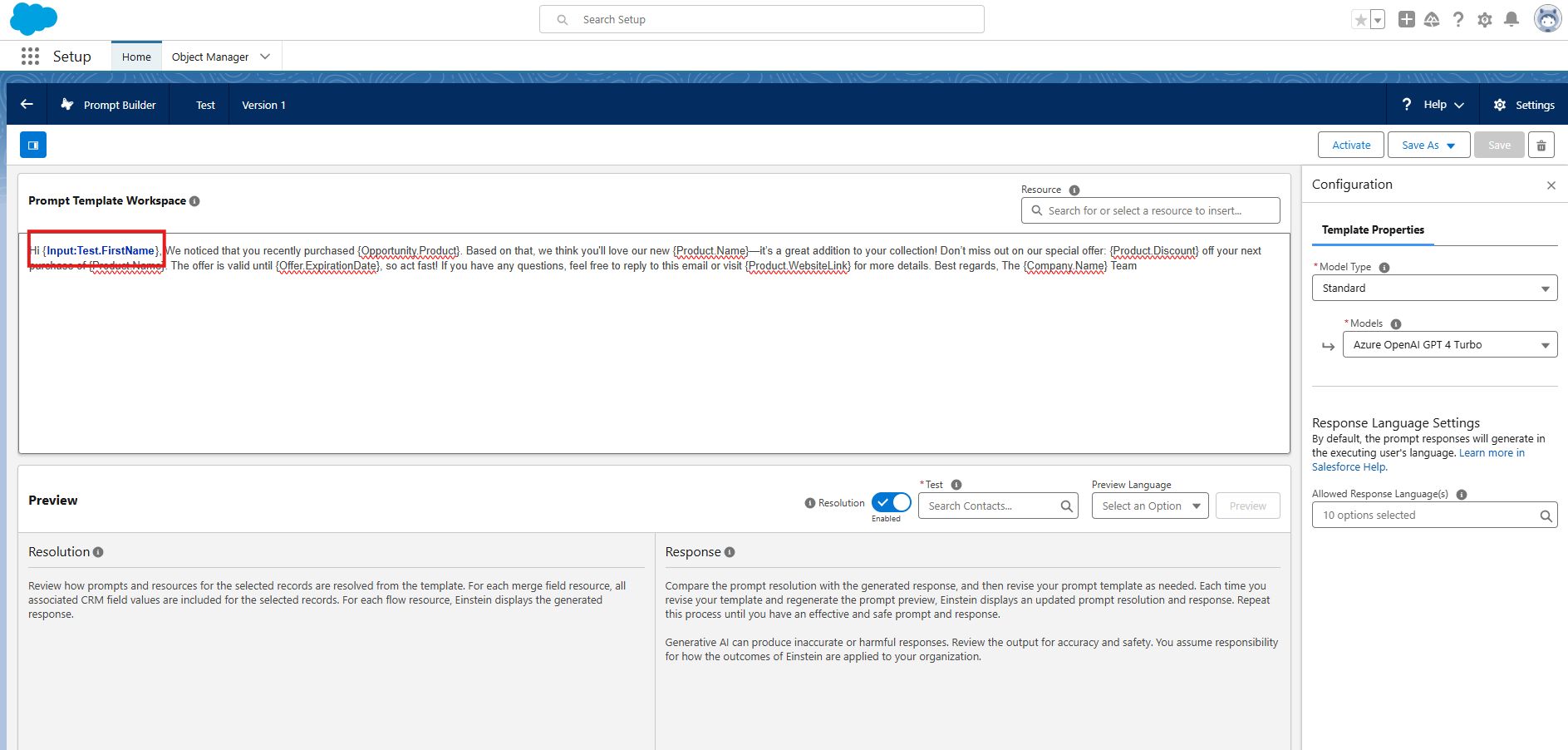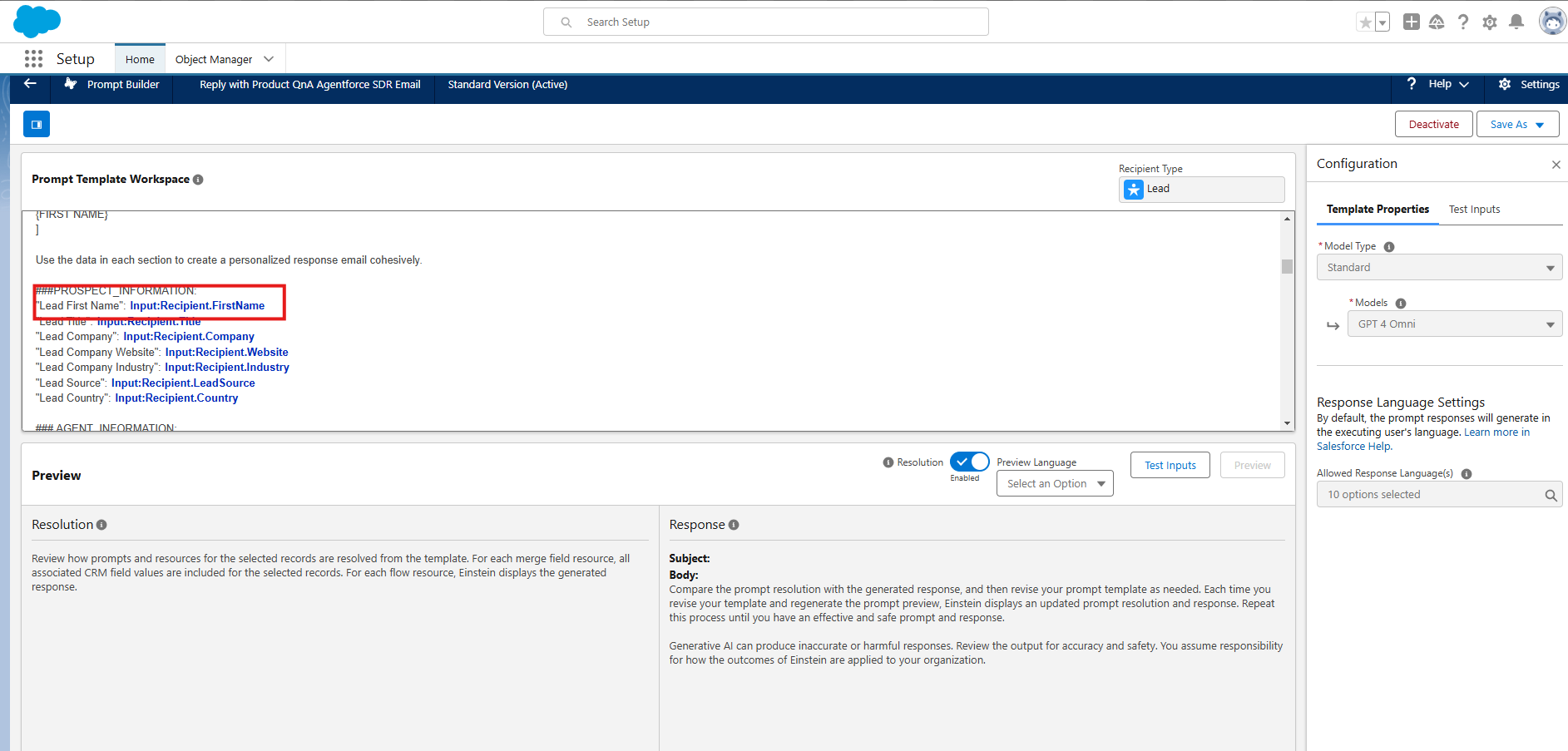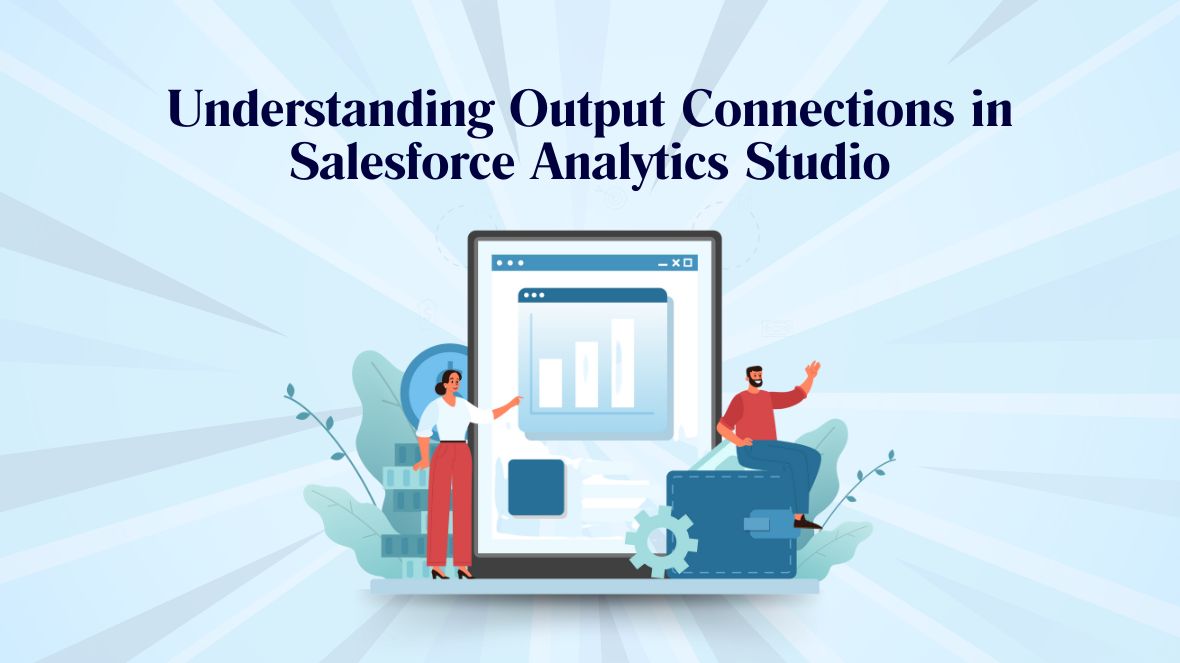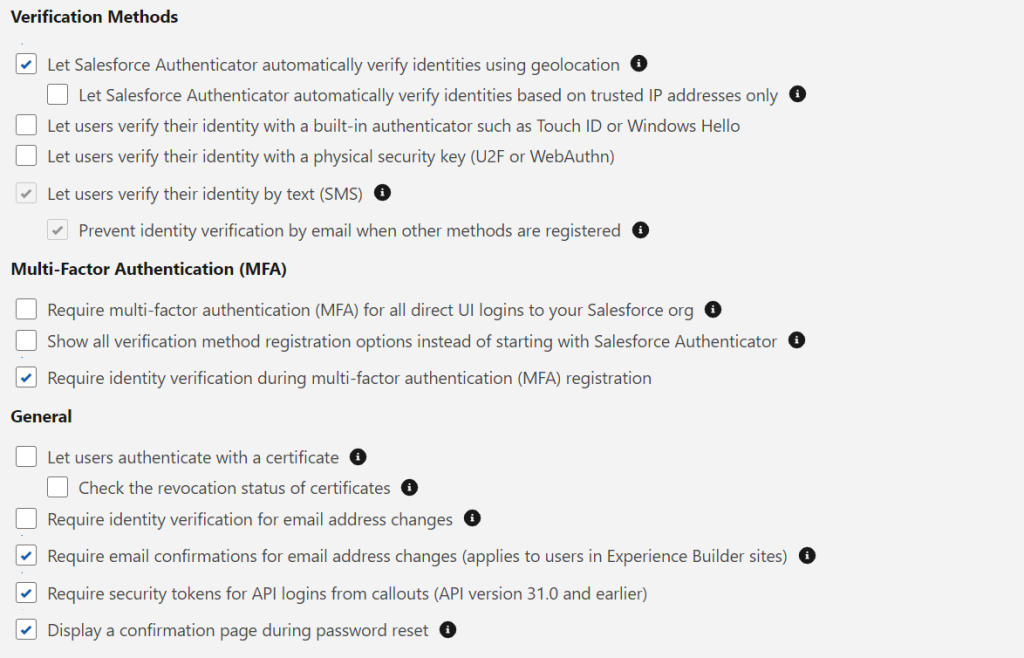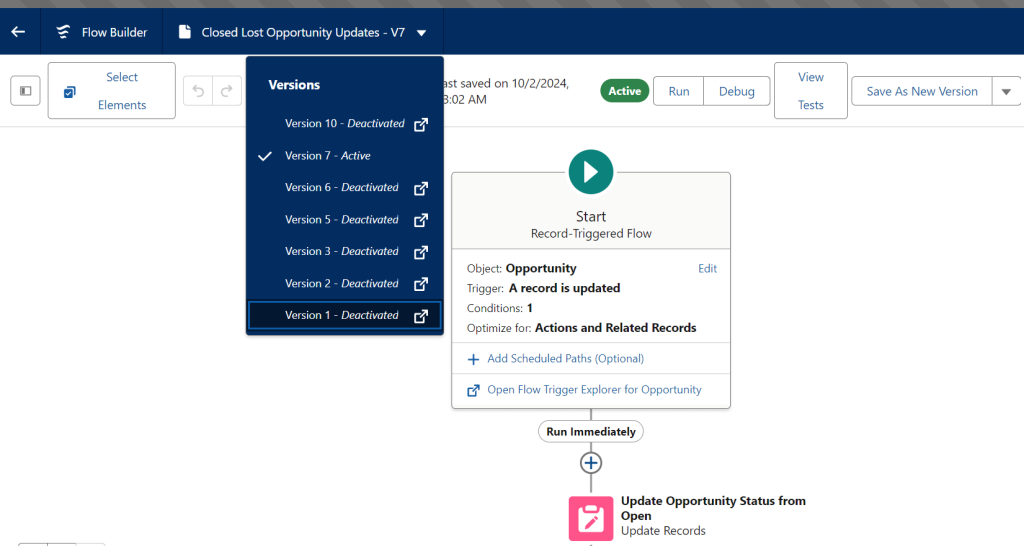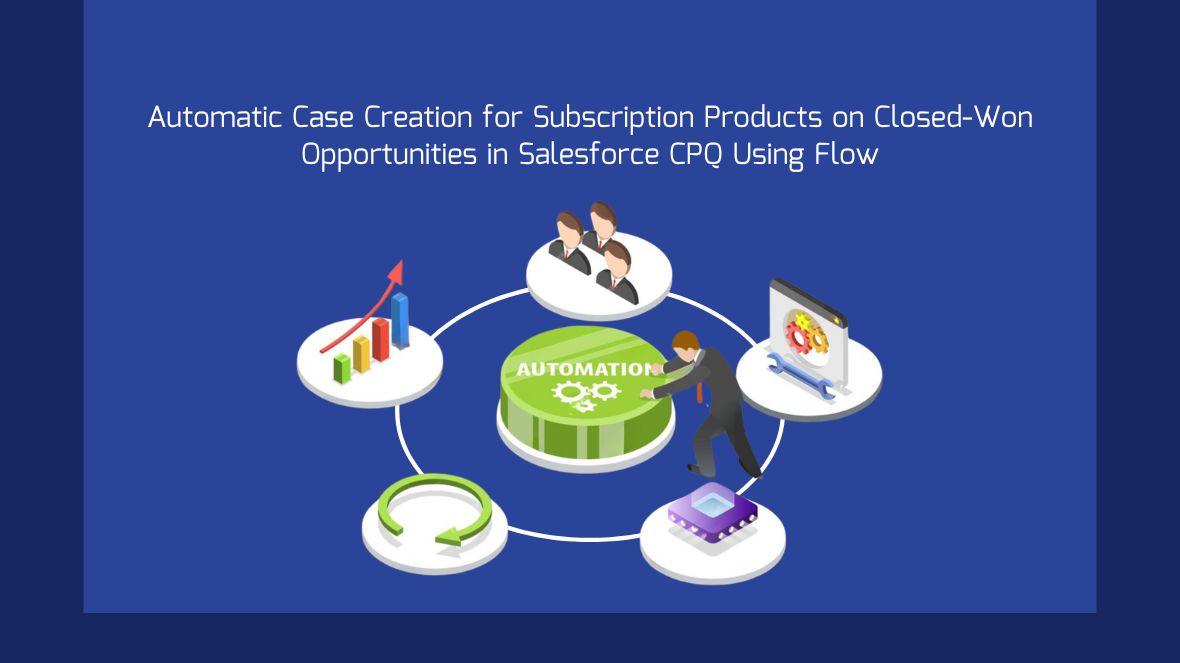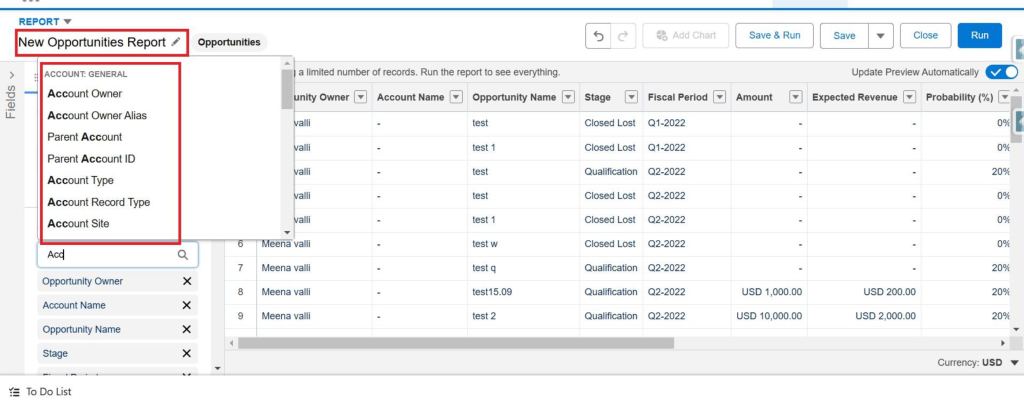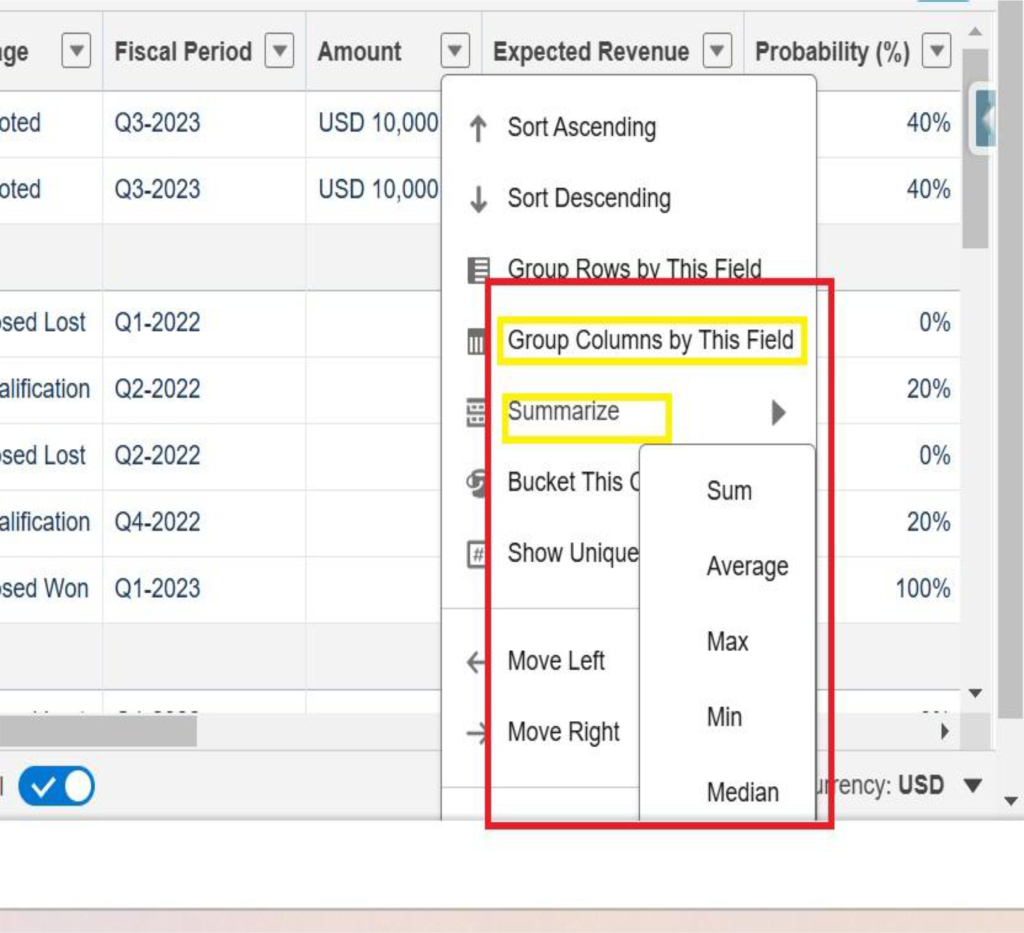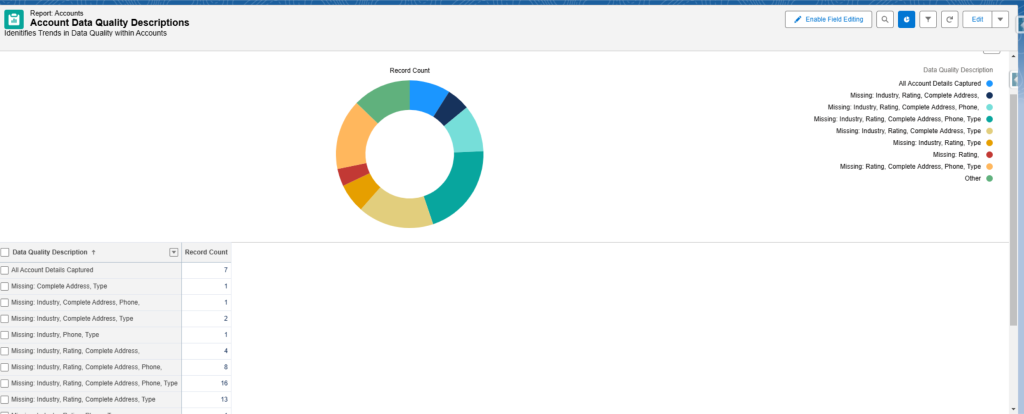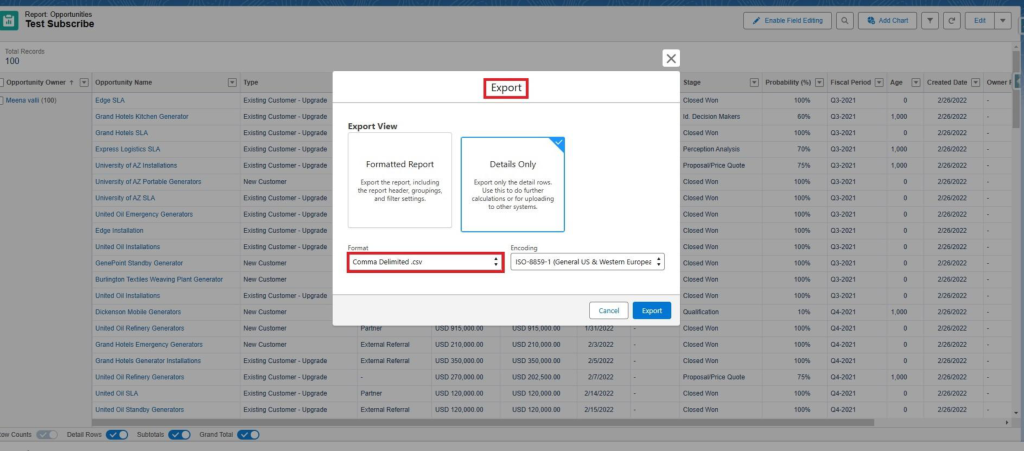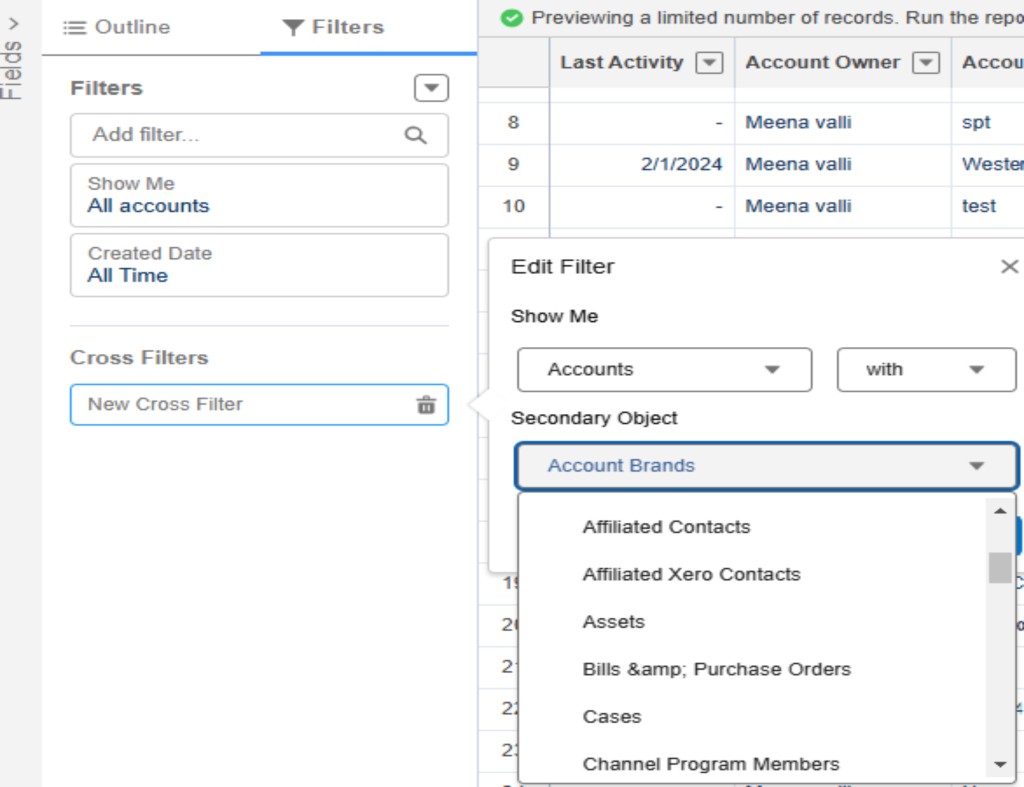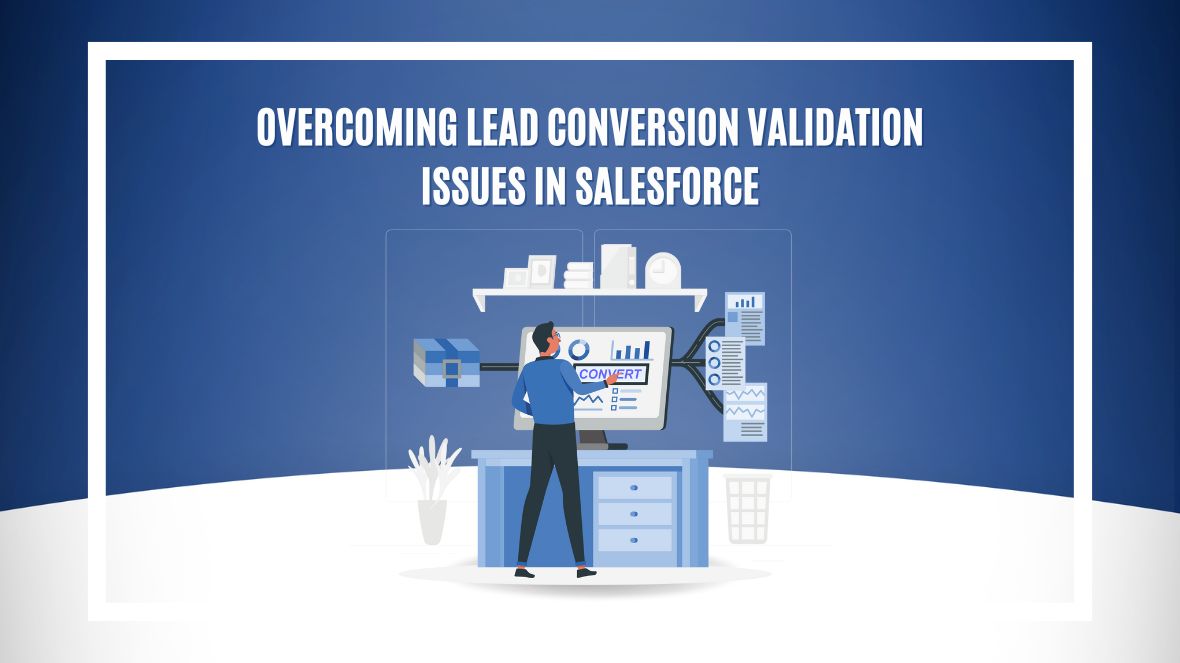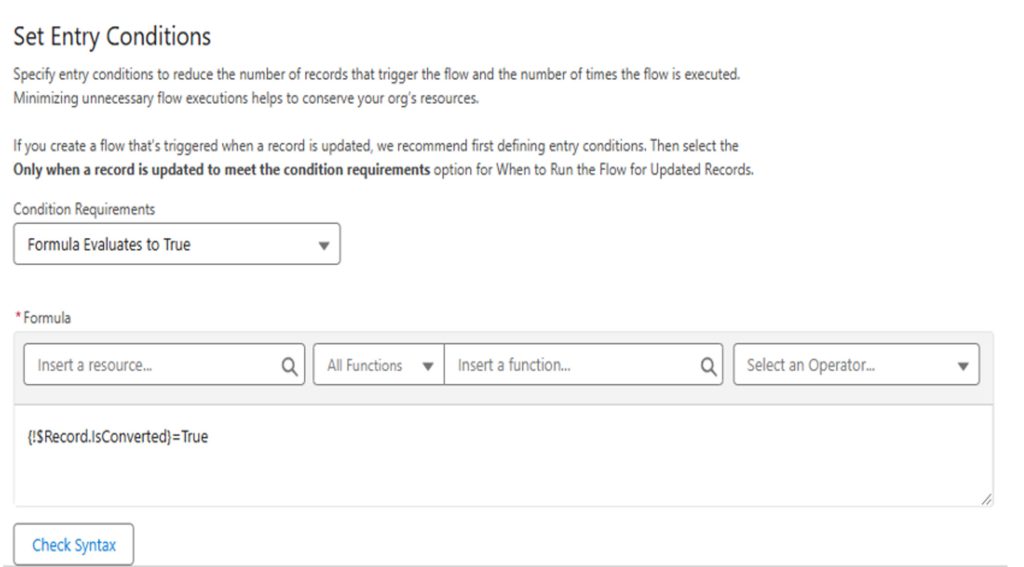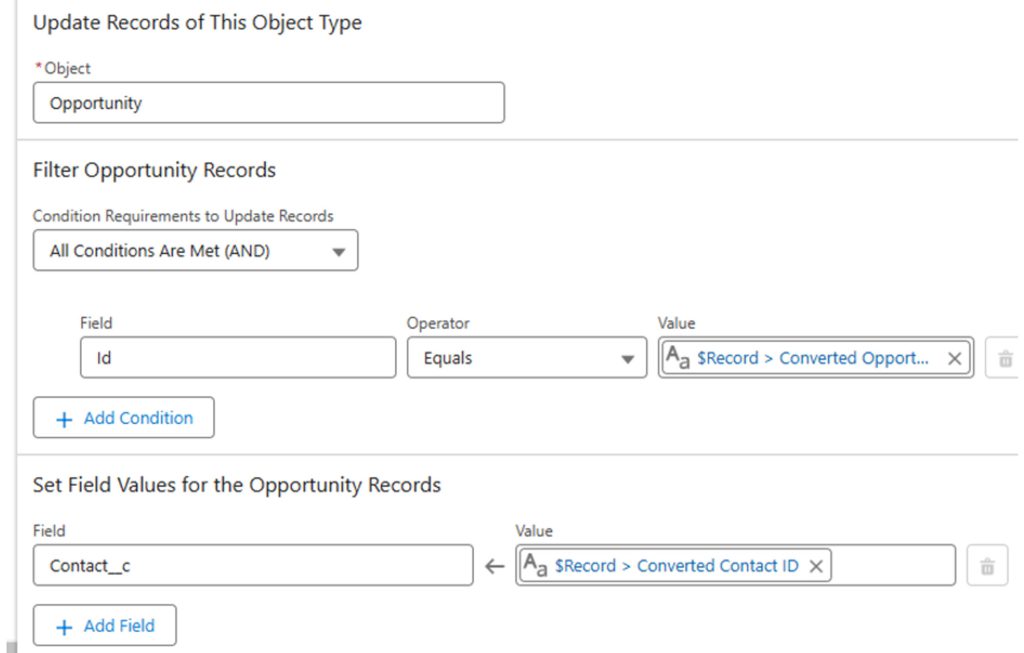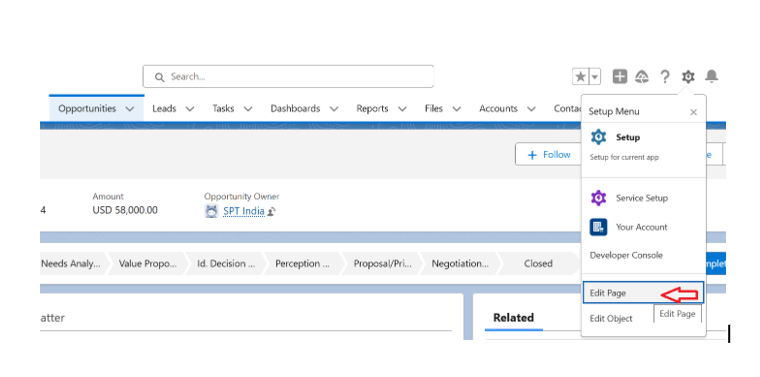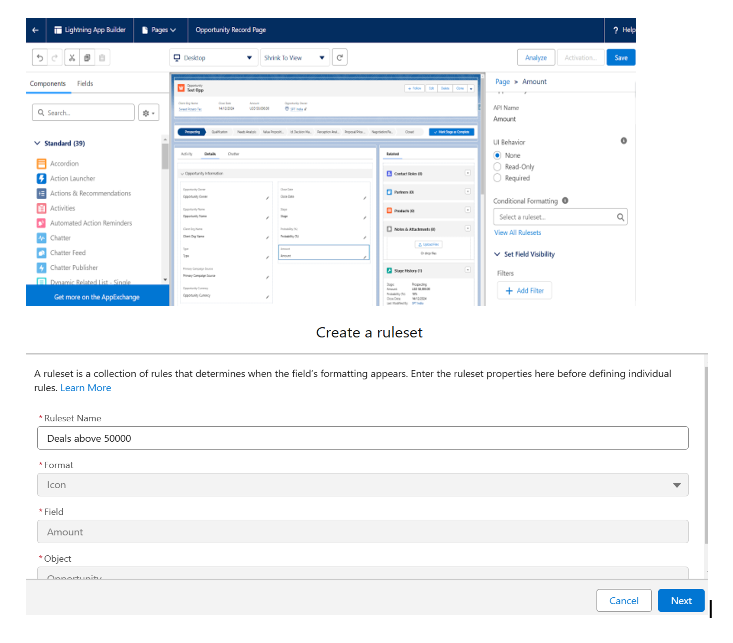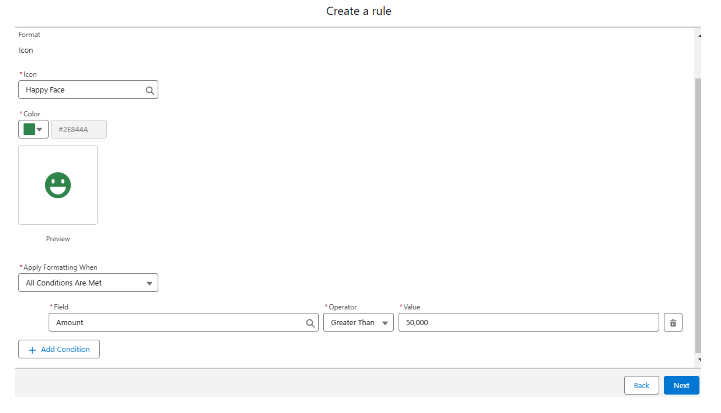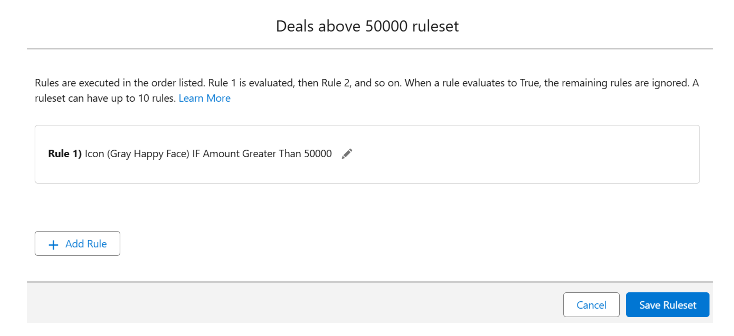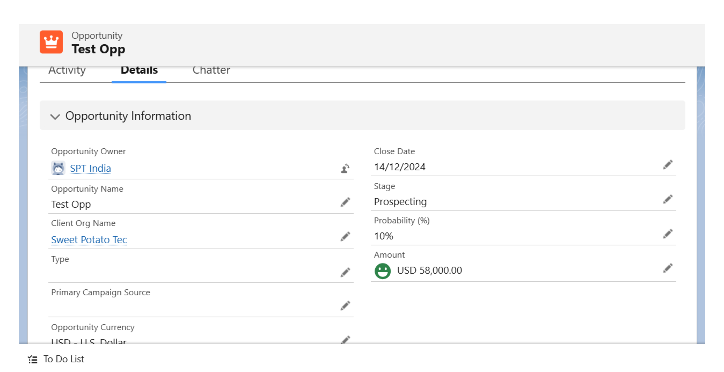In today’s fast-paced investment landscape, private equity firms face increasing pressure to streamline operations, manage complex portfolios, and deliver measurable returns. To stay competitive, adopting a robust, scalable CRM platform like Salesforce is no longer just an option—it’s a strategic necessity.
At Sweetpotatotec.com, we’ve been helping businesses across industries transform with Salesforce since 2014, and private equity is no exception. Our expertise lies in tailoring Salesforce solutions to meet the unique challenges of firms like yours while unlocking opportunities for growth, efficiency, and better decision-making.
Why Salesforce for Private Equity?
- Streamlined Deal Management
- Salesforce centralises all deal-related data, ensuring seamless collaboration between teams. From pipeline tracking to post-investment monitoring, Salesforce provides a unified view of every opportunity and its progress.
- Portfolio Monitoring Made Easy
With Salesforce, you can consolidate performance metrics across portfolio companies into intuitive dashboards. This makes tracking KPIs, identifying risks, and measuring value creation more efficient than ever. - Enhanced Investor Relations
Salesforce allows you to manage communications with investors effortlessly. Whether it’s regular updates, reporting, or fundraising, the platform ensures a professional, personalised approach to investor engagement. - AI-Powered Insights
Salesforce’s AI capabilities, combined with advanced analytics, can predict trends, identify untapped opportunities, and improve your decision-making process.
How Sweetpotatotec Can Help
At Sweetpotatotec, we specialise in designing and implementing Salesforce solutions tailored to private equity firms. Whether you’re starting fresh or optimising an existing implementation, we’ll ensure your system delivers on its potential.
- AI-Based Co-Pilots: We’re currently building cutting-edge AI Co-Pilot solutions for private equity firms, leveraging Salesforce Agent Force functionality. These Co-Pilots enhance deal qualification processes, streamline communication, and provide actionable insights to teams, saving time and boosting efficiency.
- Tailored CRM Strategies: We design Salesforce setups that align with your goals—whether it’s improving portfolio management, enhancing investor relations, or gaining data-driven insights.
- Expertise You Can Trust: With over a decade of experience in the Salesforce ecosystem, we’ve successfully worked with organisations in highly complex and fast-moving industries.
Ready to Unlock Salesforce’s Potential?
Your firm’s success depends on making informed, data-driven decisions—and Salesforce is the tool to help you do that. At Sweetpotatotec, we’re here to guide you through the process, from implementation to optimisation, ensuring you get the maximum ROI from your investment.
Visit us at www.sweetpotatotec.com to learn more, or reach out to explore how we can help your firm thrive with Salesforce.
Let’s transform your CRM and create a foundation for long-term growth.
